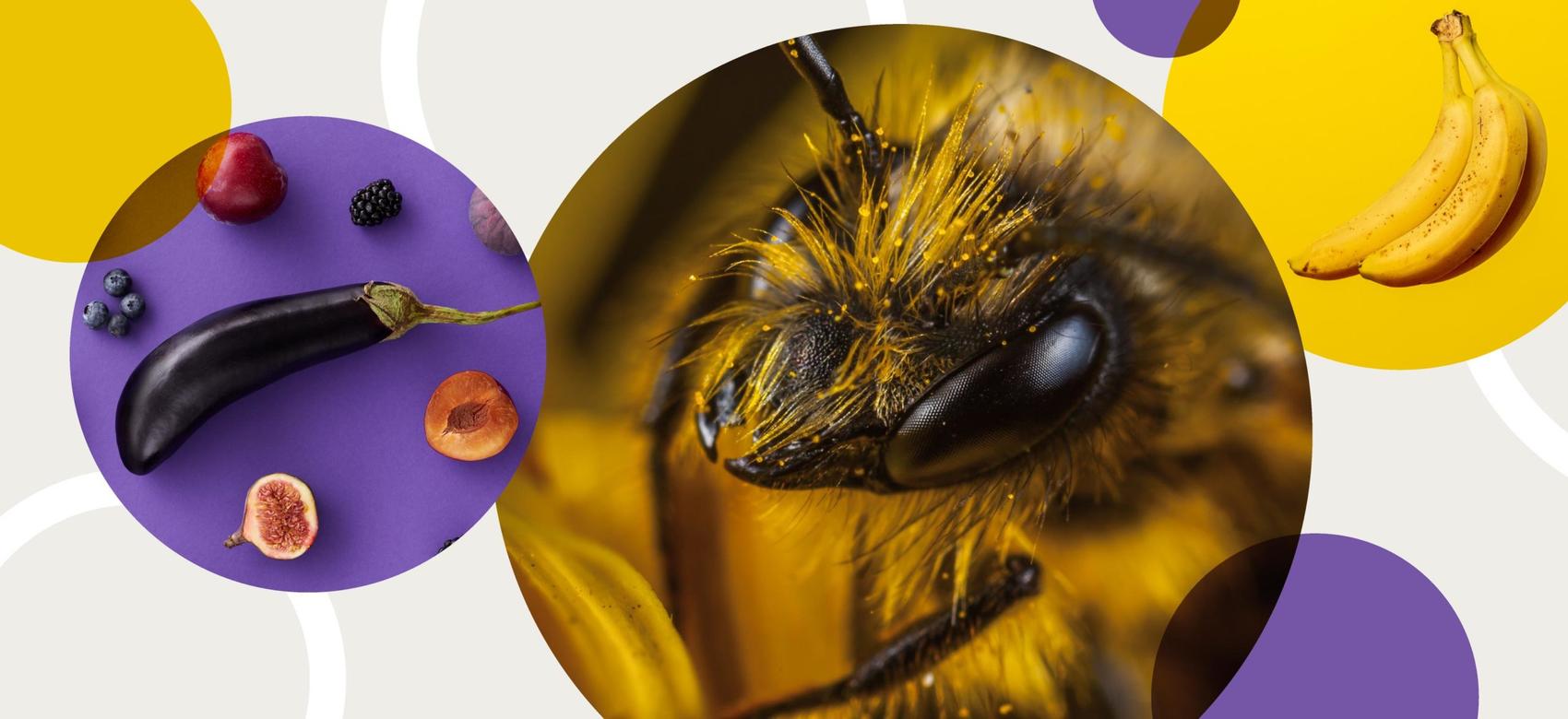How fruits and vegetables have sex
By Carolyn Ali

Pollinators help create more nutritious produce
What exactly is pollination? Dr. Claire Kremen, a professor at UBC’s Institute for Resources, Environment and Sustainability and the Biodiversity Research Centre, breaks it down.
In order to produce a fruit or a vegetable or a seed, there has to be a fertilization process. Pollen has to come from the male parts of the flower and land on the female parts of the flower.
Fertilization can be achieved through self-pollination, in which a flower pollinates itself. Or it can be done by the wind, which blows pollen onto crops. Most grains are fertilized that way.
Many fruits and vegetables, however, are fertilized by insects. These insects move between different individual plants and plant varieties, resulting in cross-pollination. “The insect visits one flower to obtain pollen or nectar, and some pollen sticks on its body. When it visits another flower, some of the pollen on its body is transferred to the female part of the new flower, resulting in cross-pollination,” Dr. Kremen explains.
Cross-pollination has many benefits. “The fruits could be bigger, they could be tastier, they could actually have improved nutritional values. When strawberries are cross pollinated by insects, they have a longer shelf life. We’ve found with almonds, when they’re cross-pollinated by insects, they have better nutritional value due to higher micronutrient amounts.”
Learn more about why pollinators are at risk.
Carolyn Ali is a writer for UBC Brand and Marketing.
Feel free to republish the text of this article, but please follow our guidelines for attribution and seek any necessary permissions before doing so. Please note that images are not included in this blanket licence.


